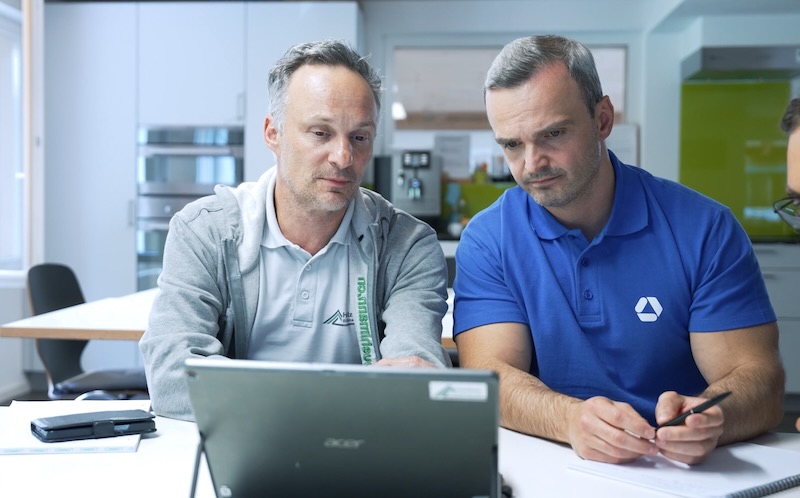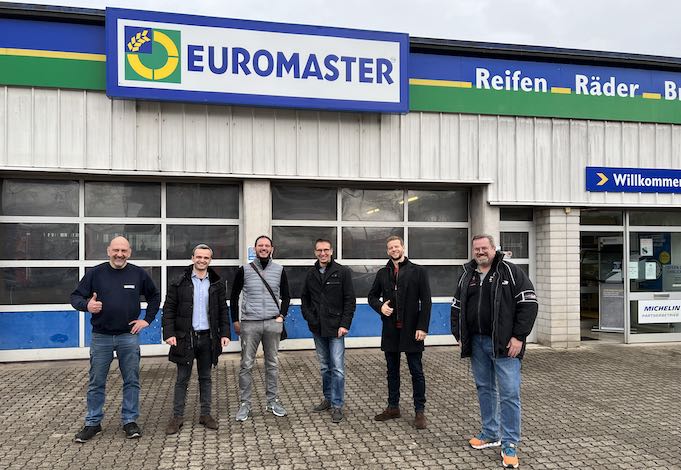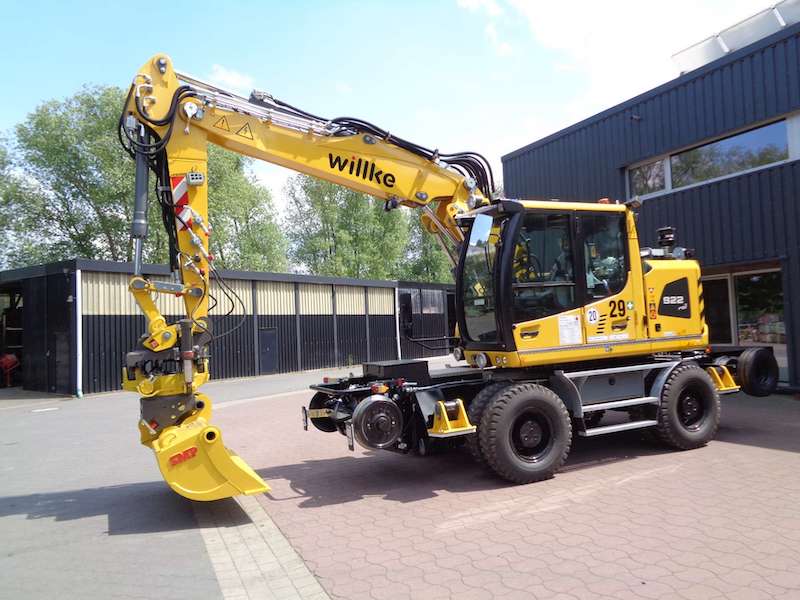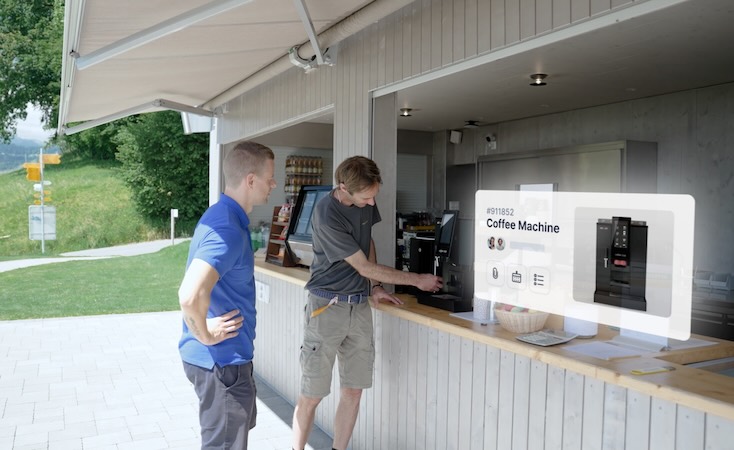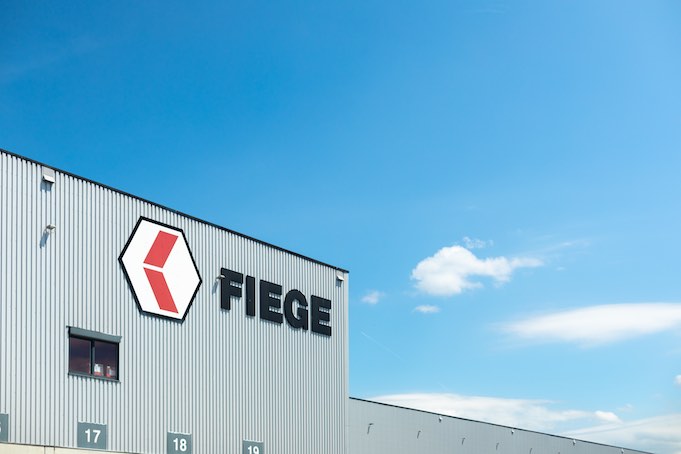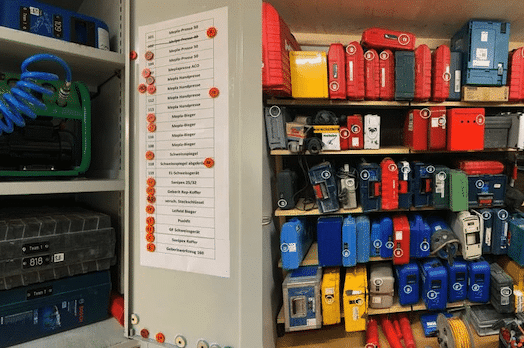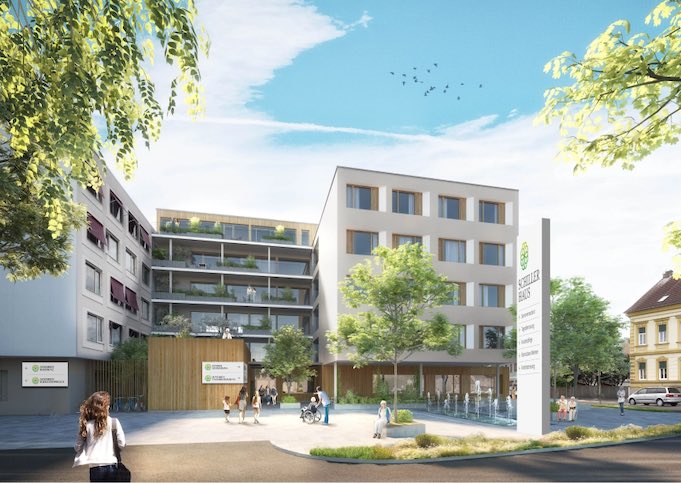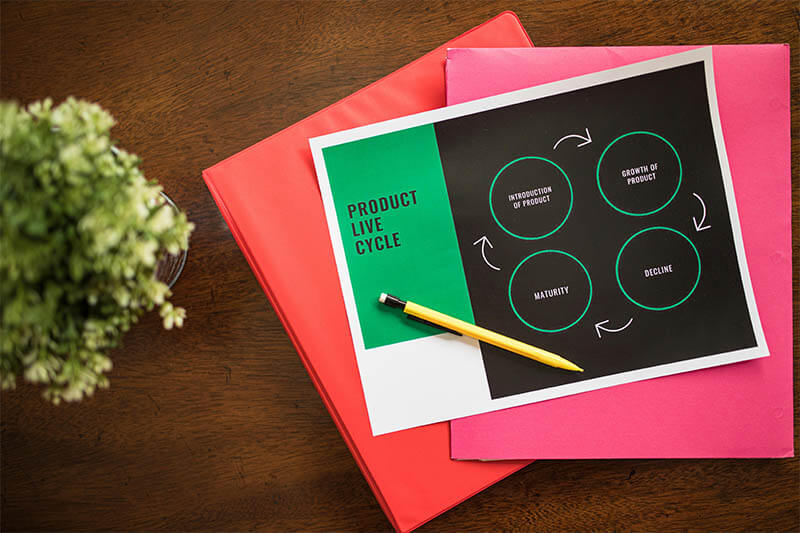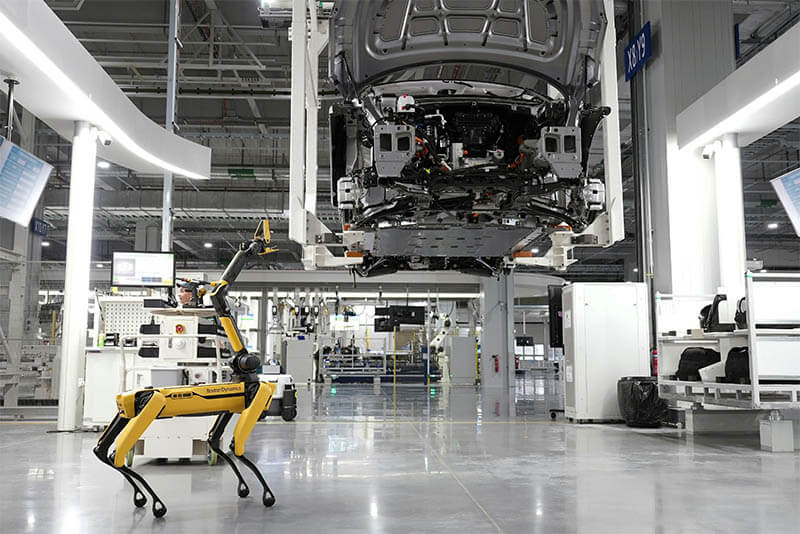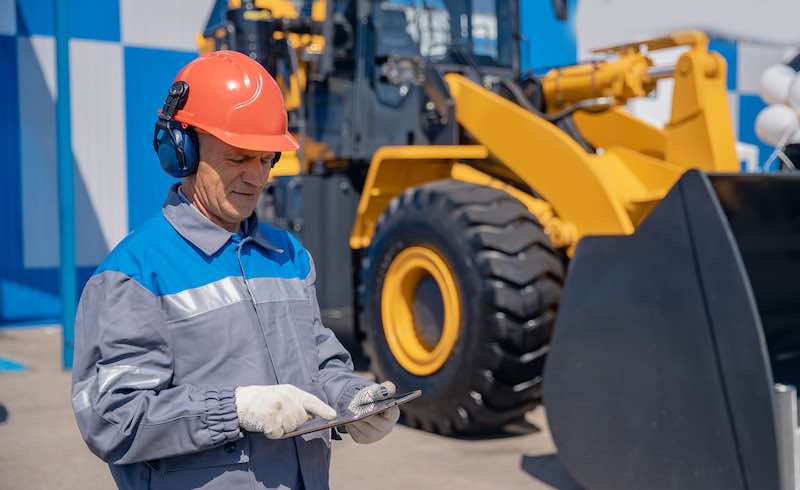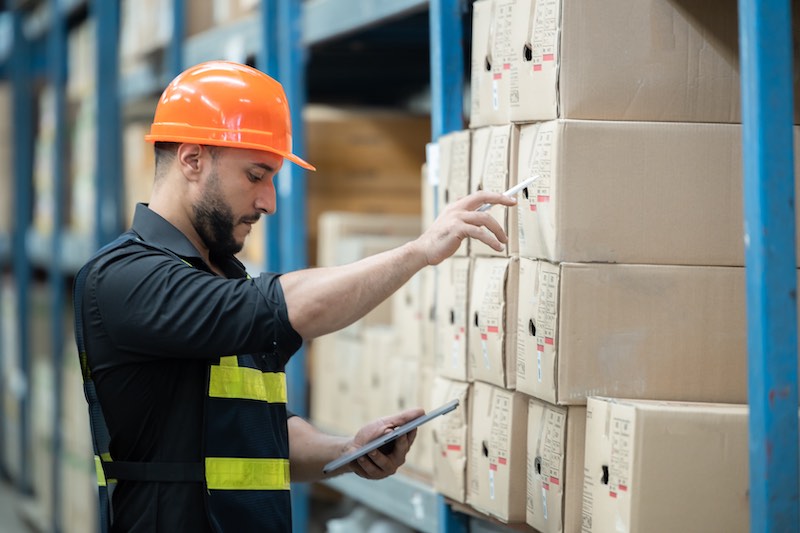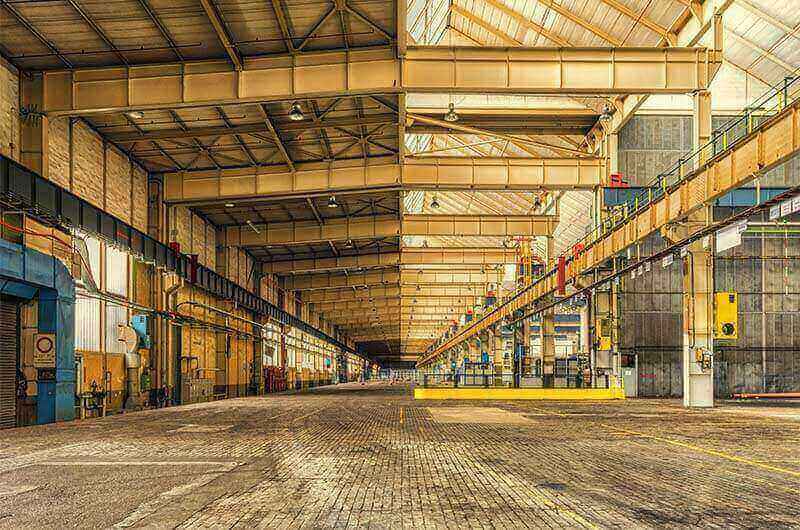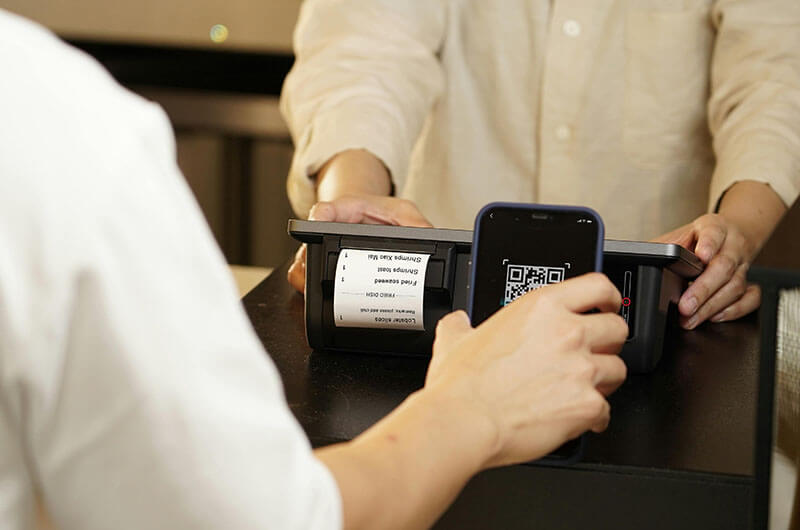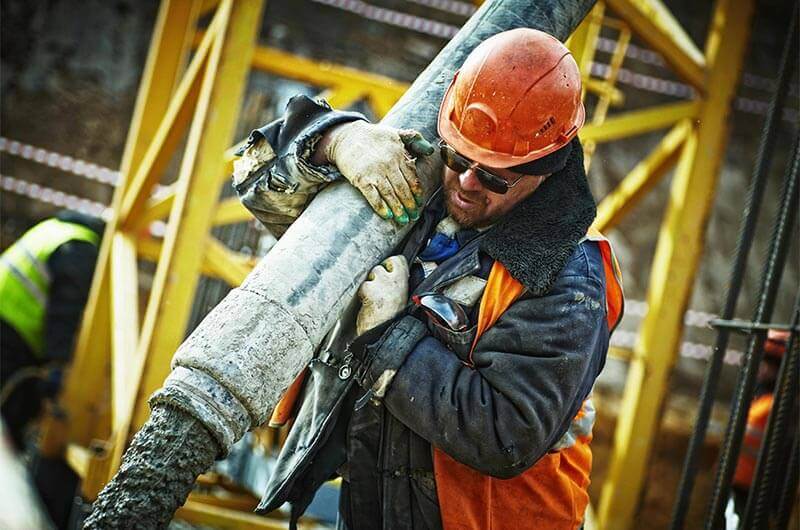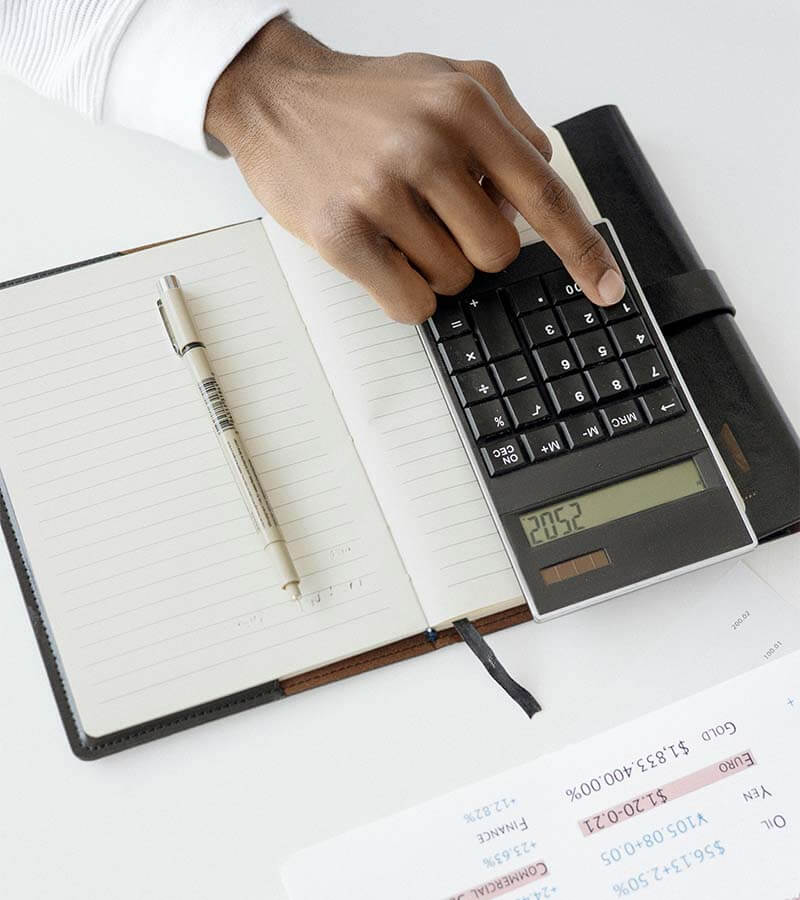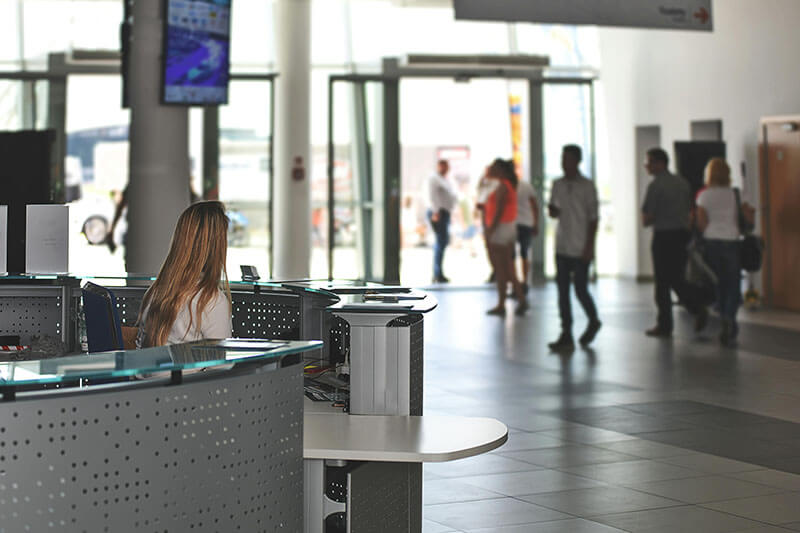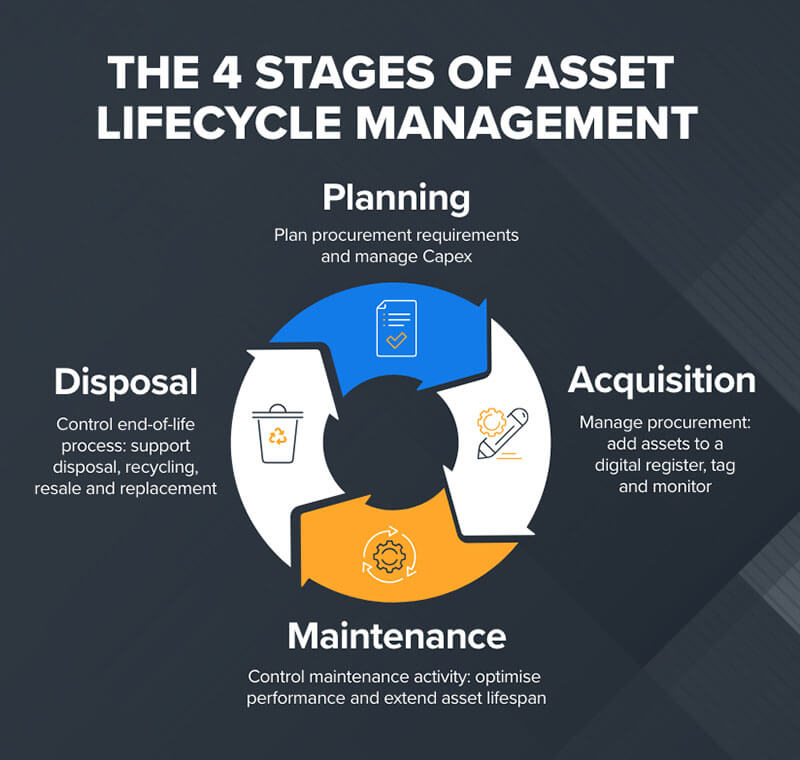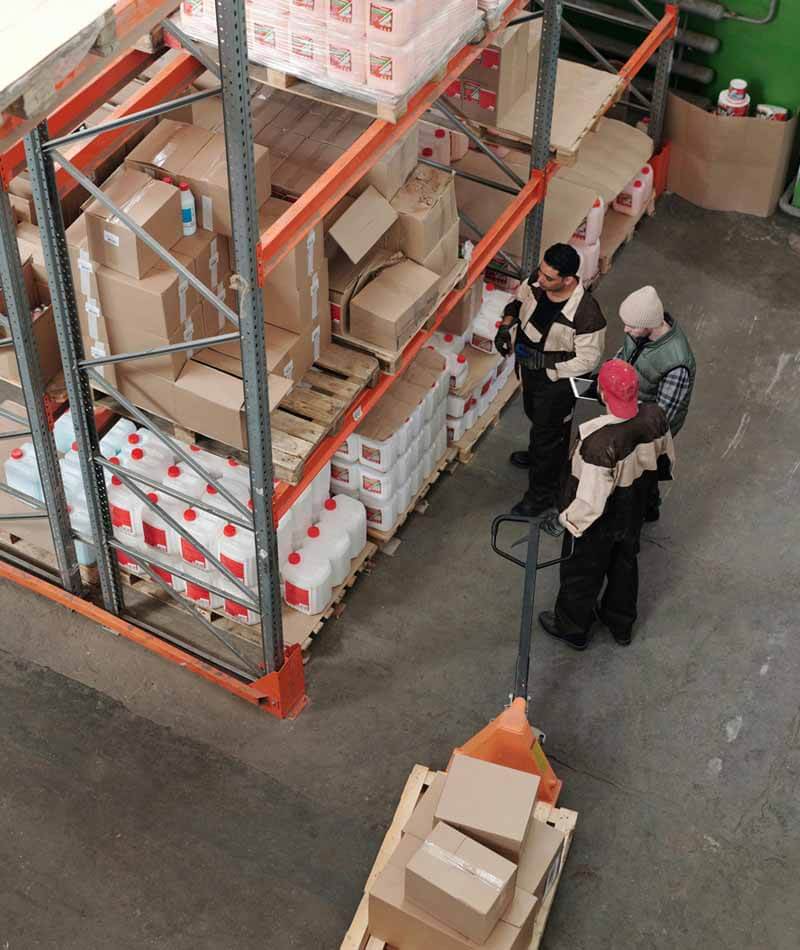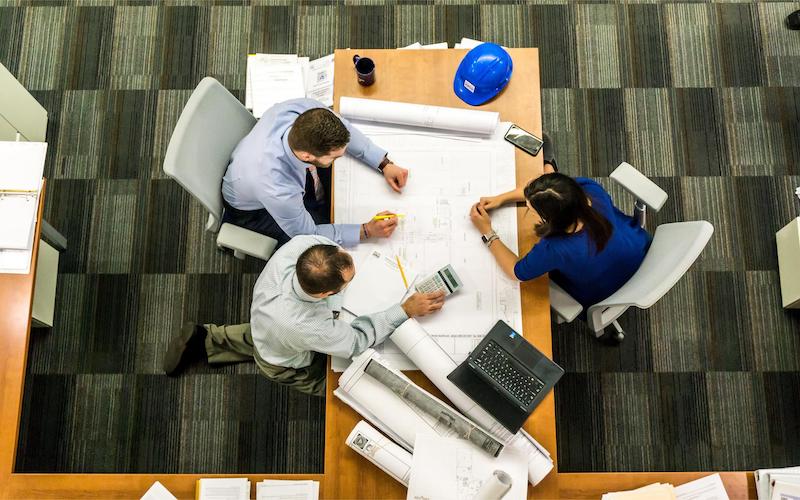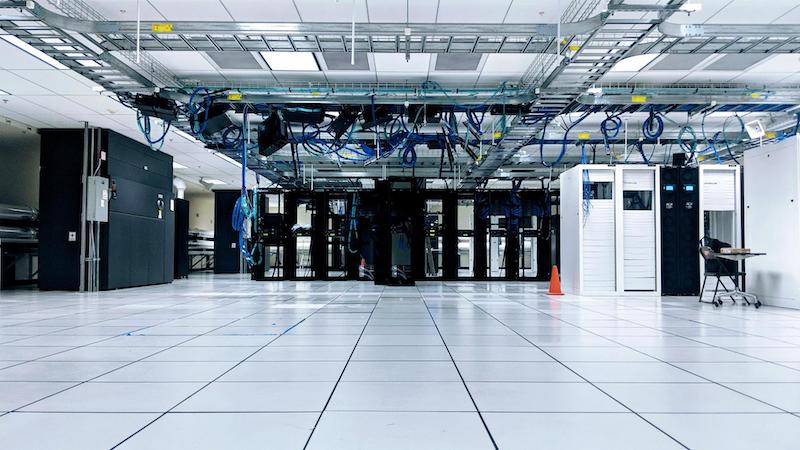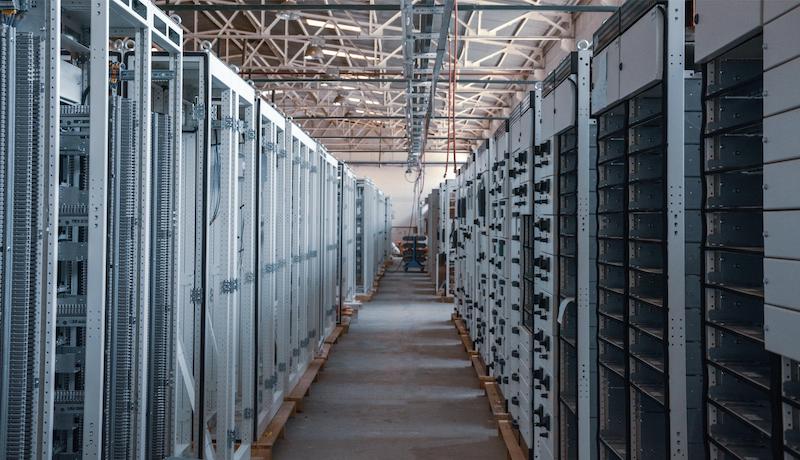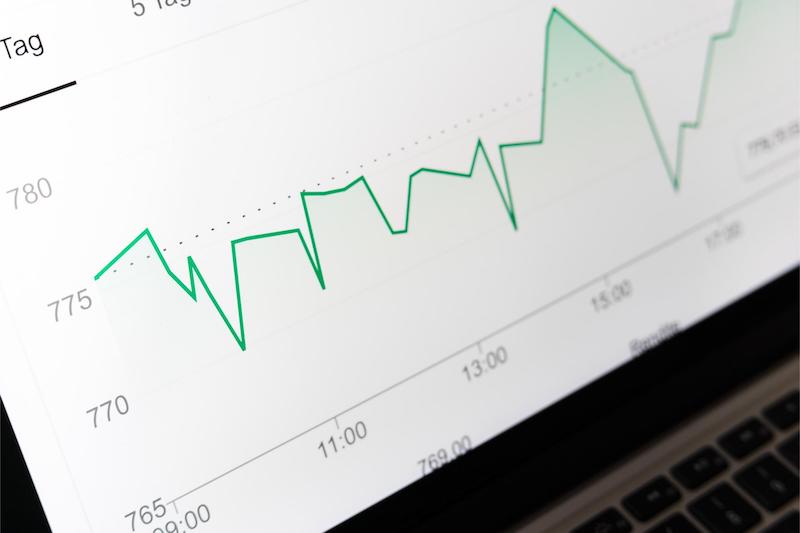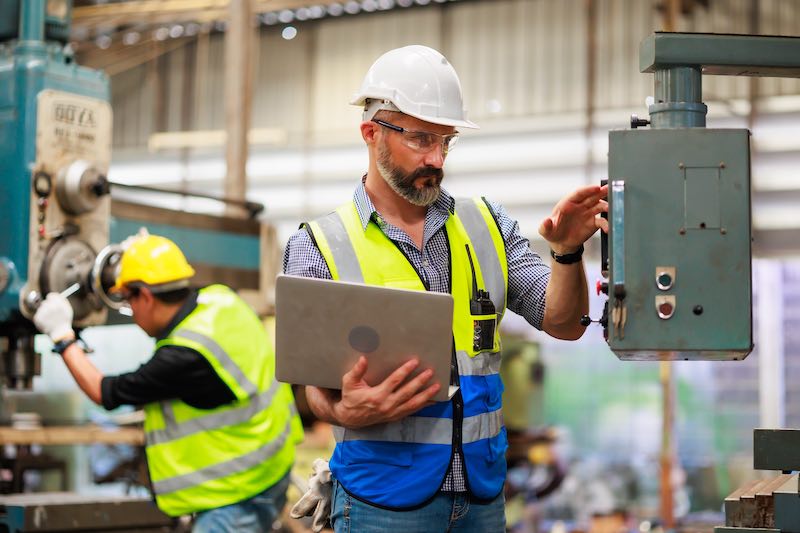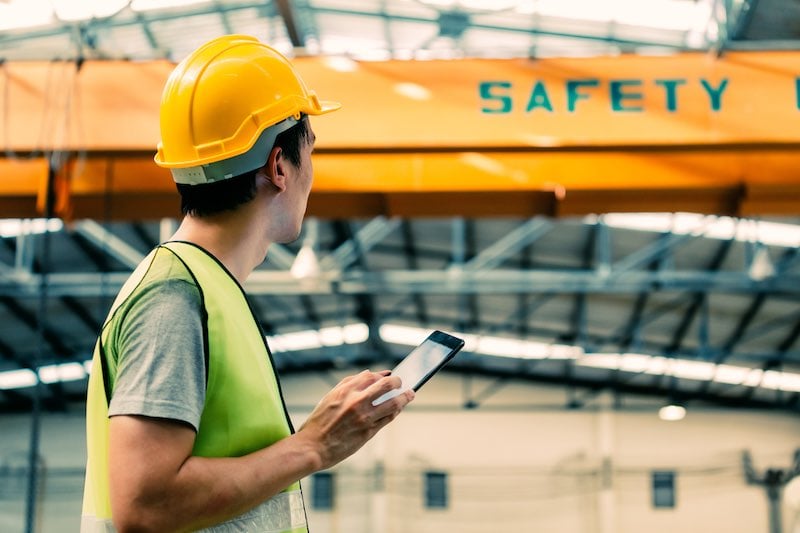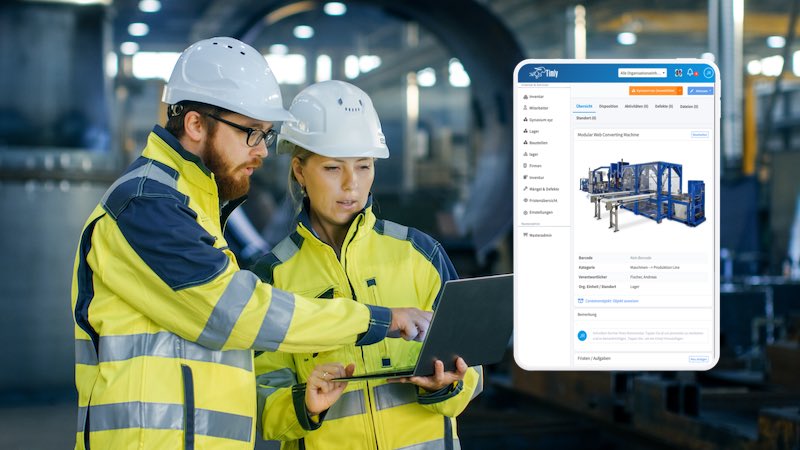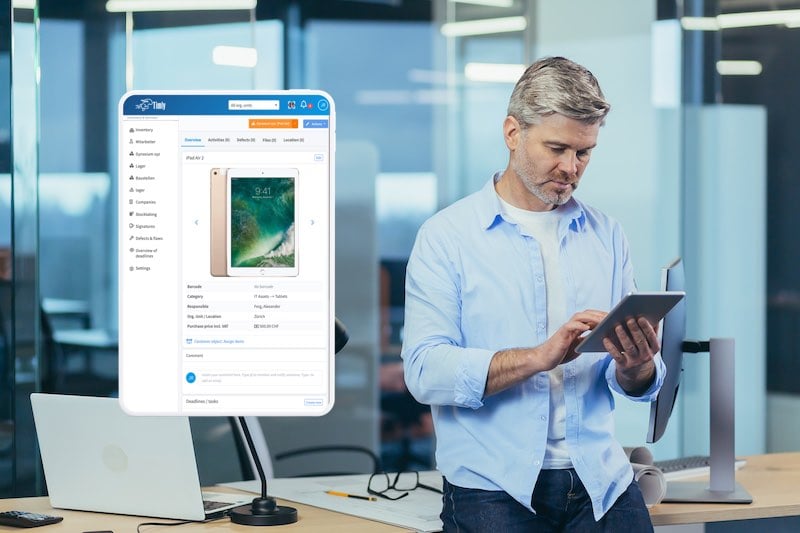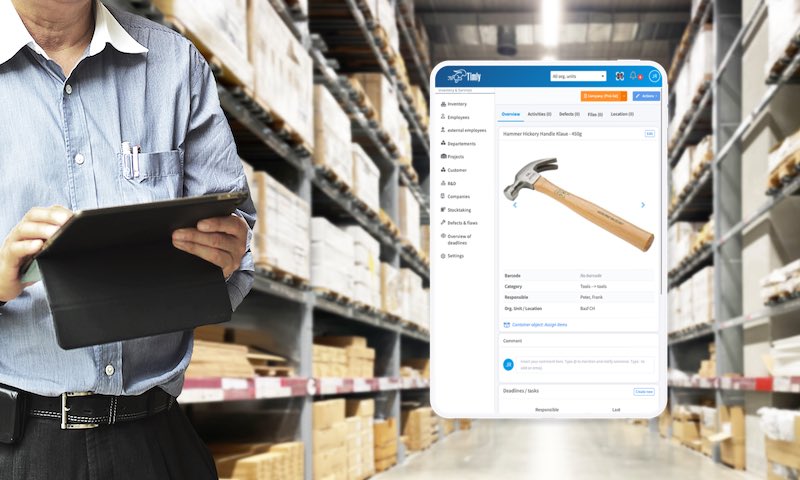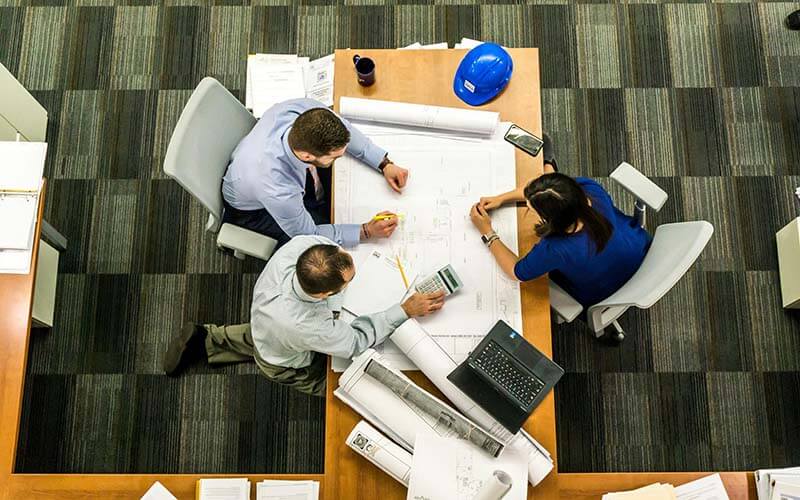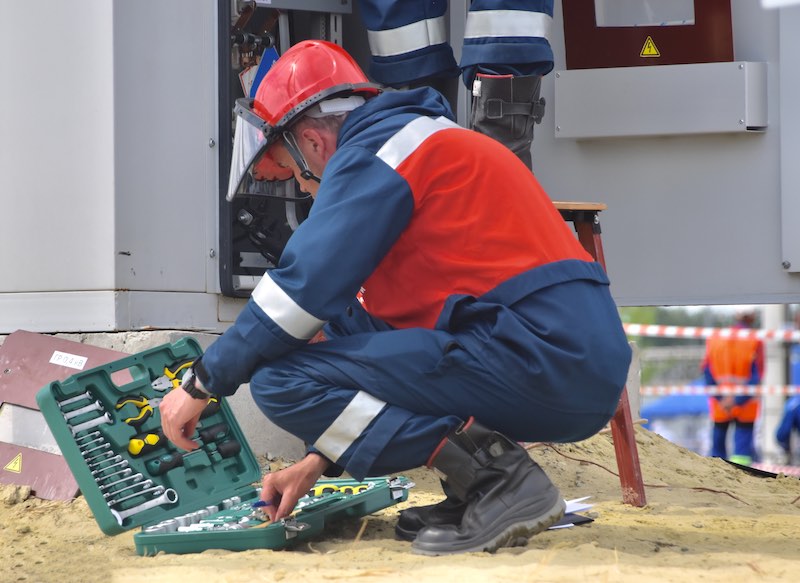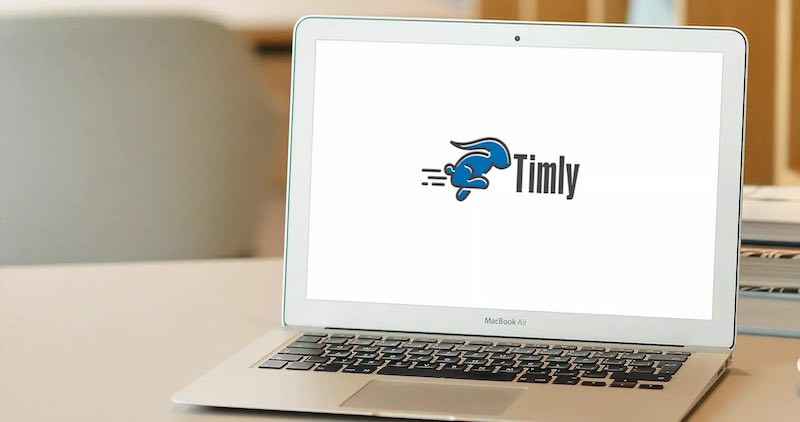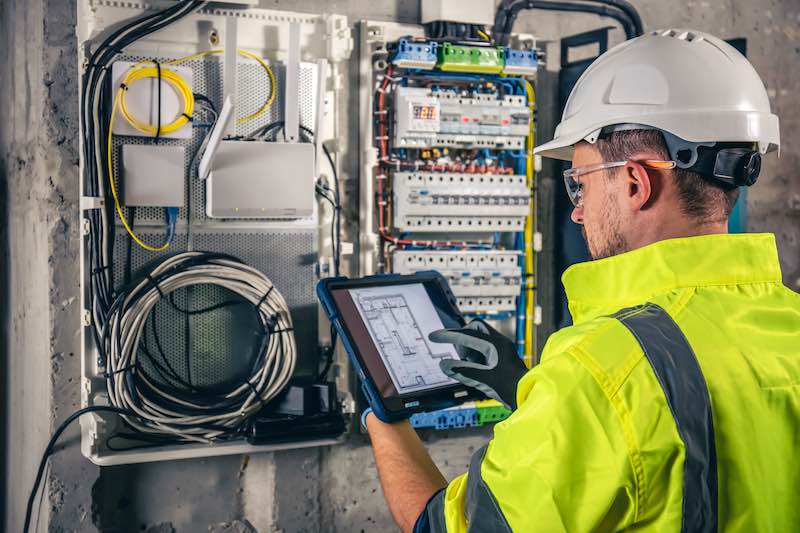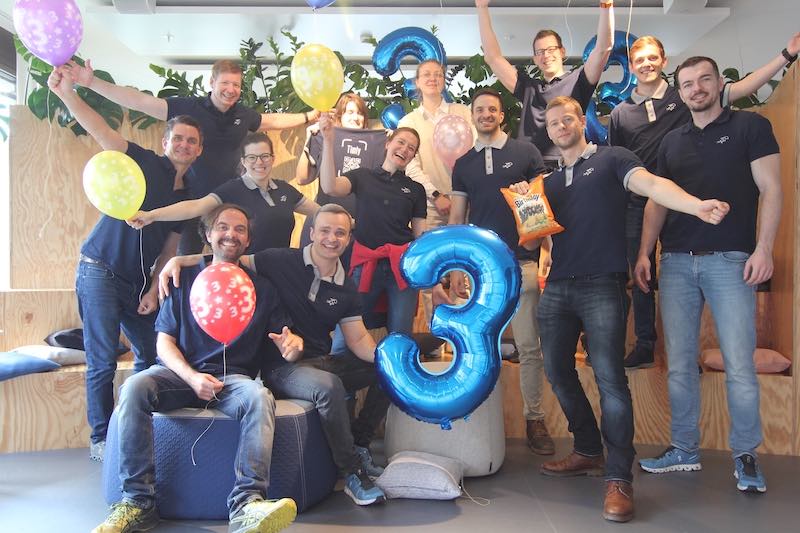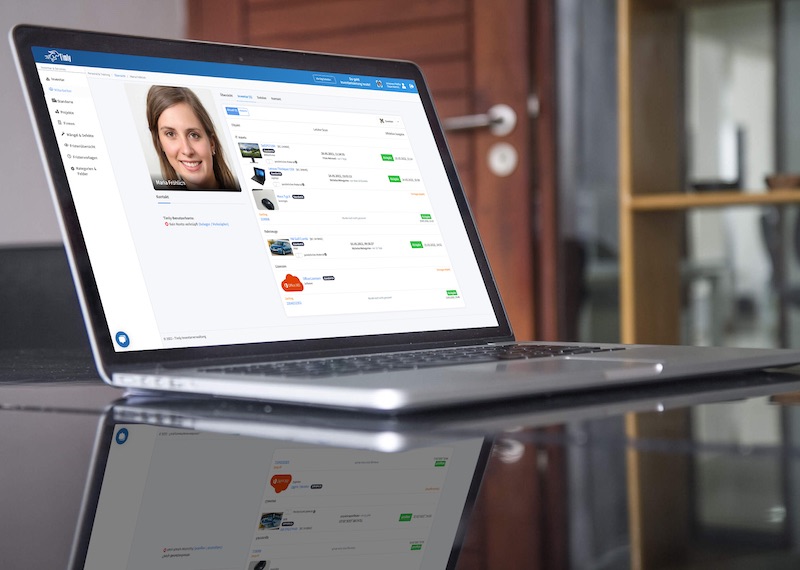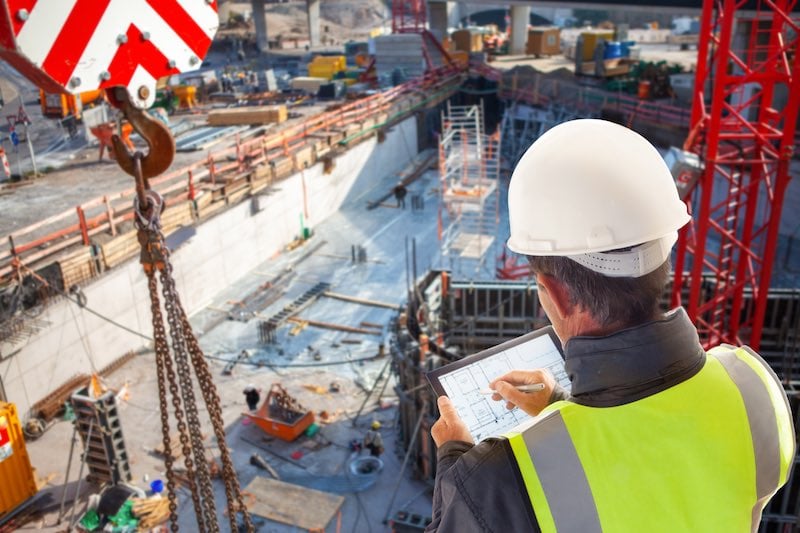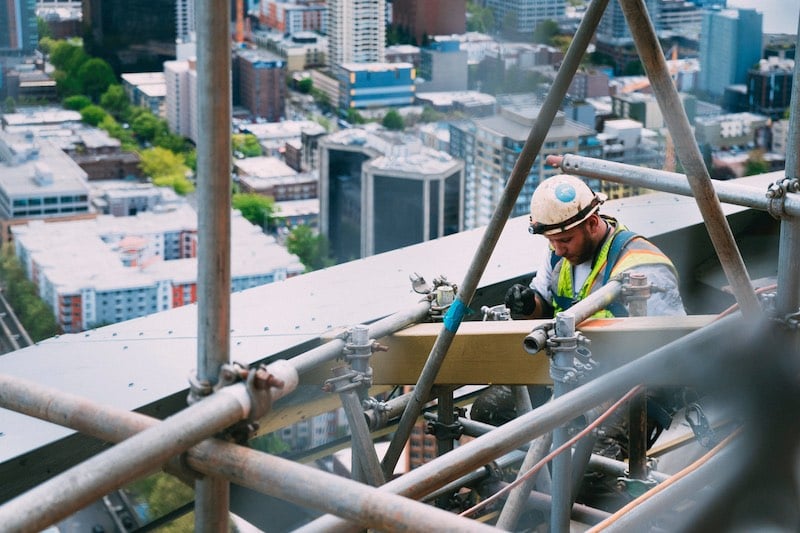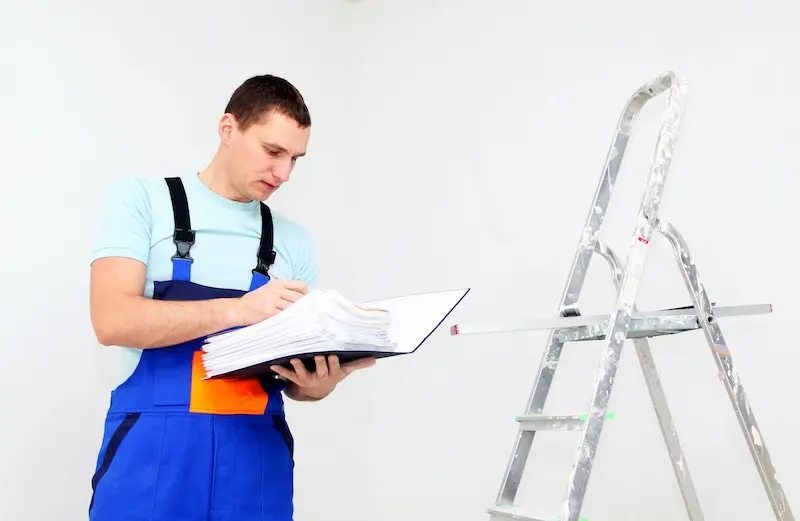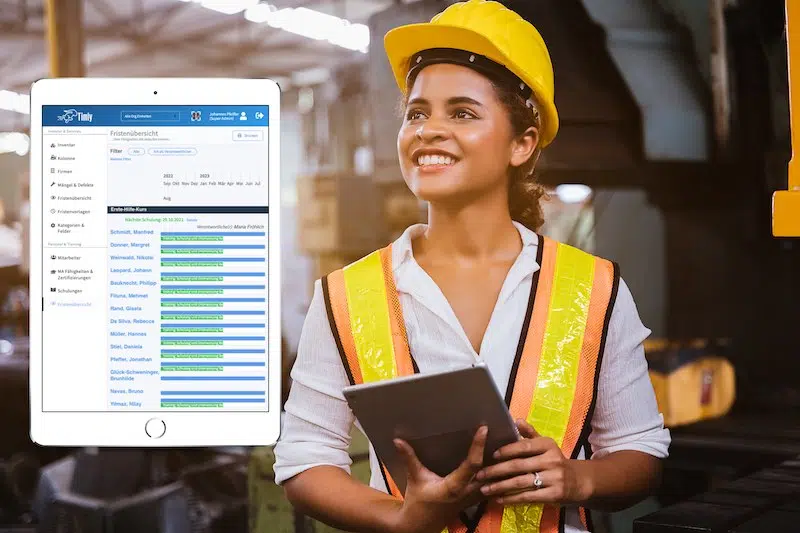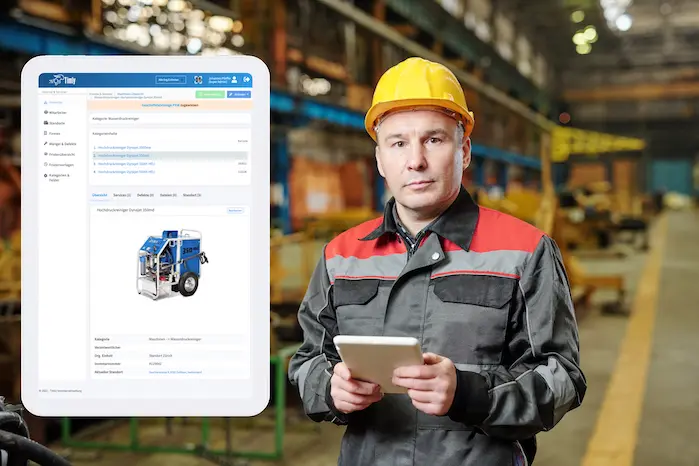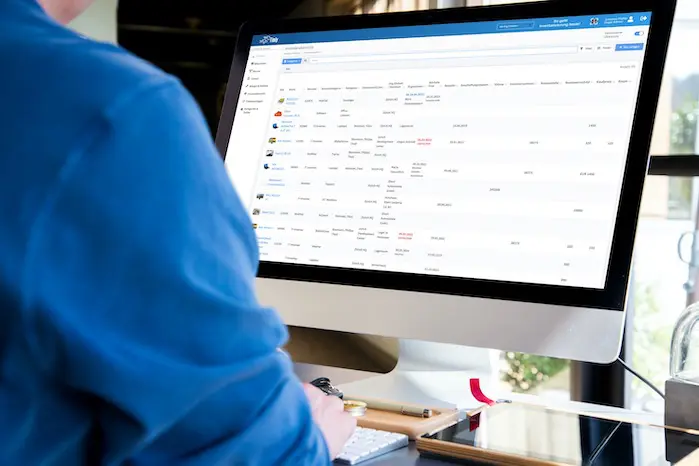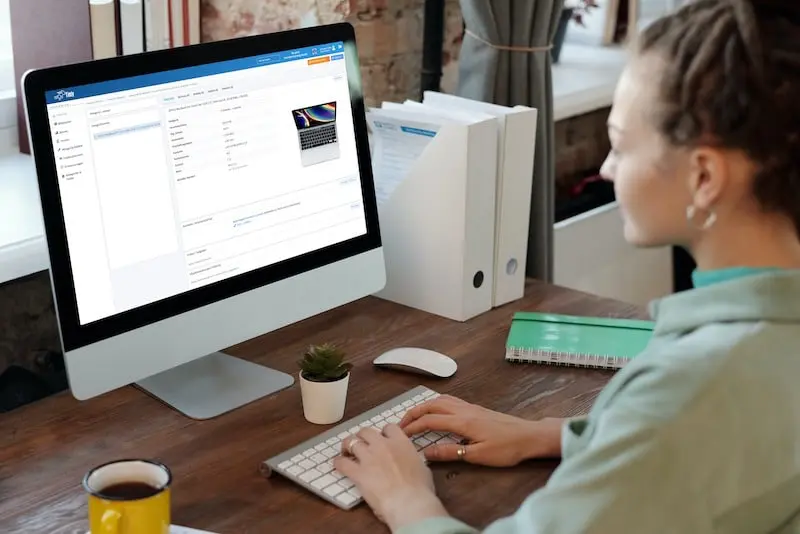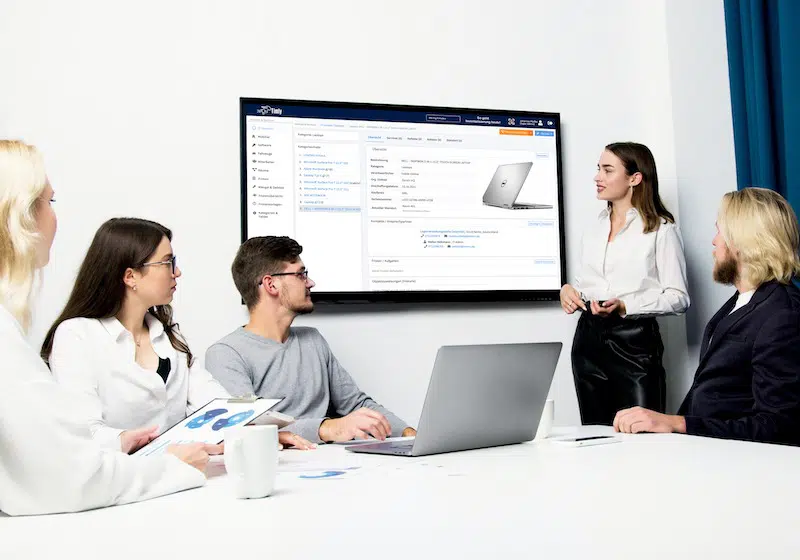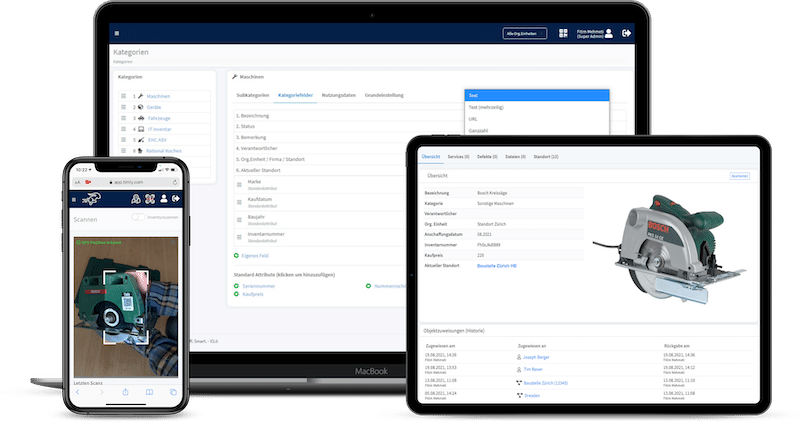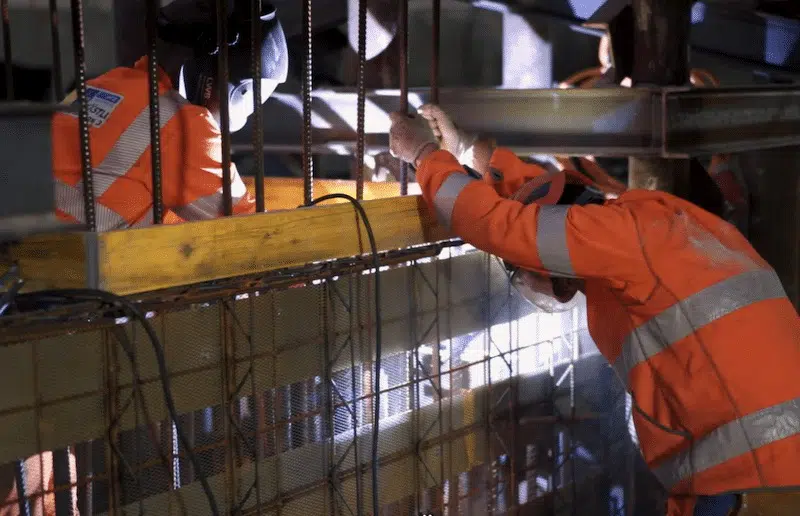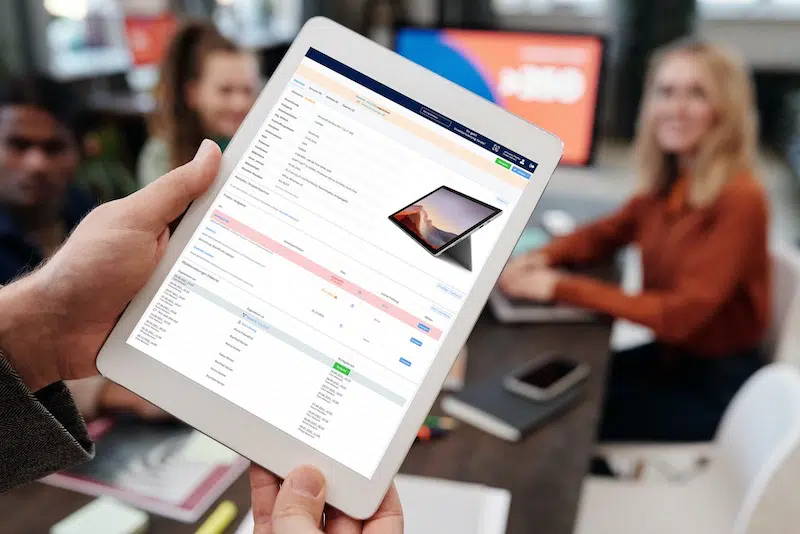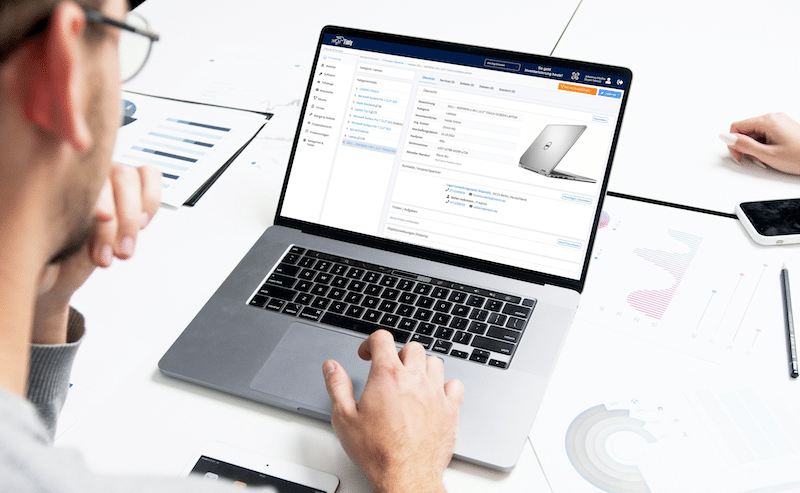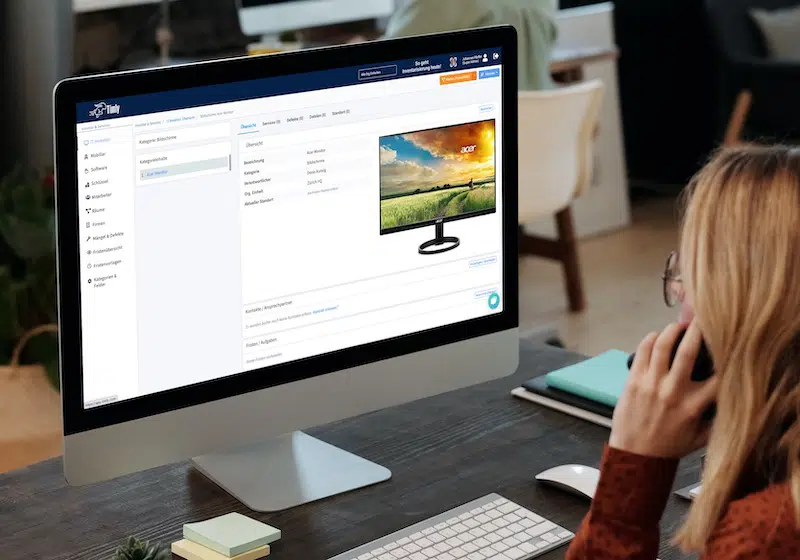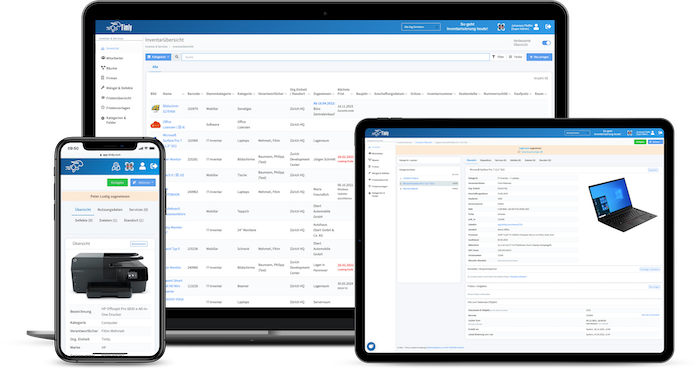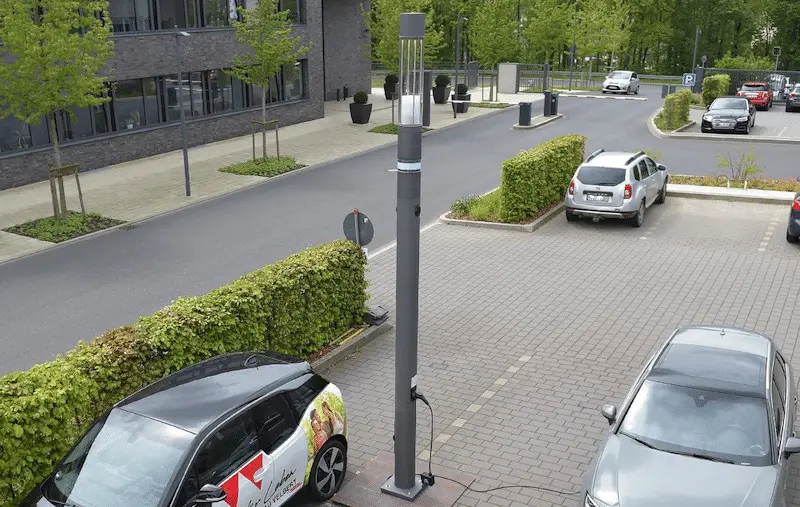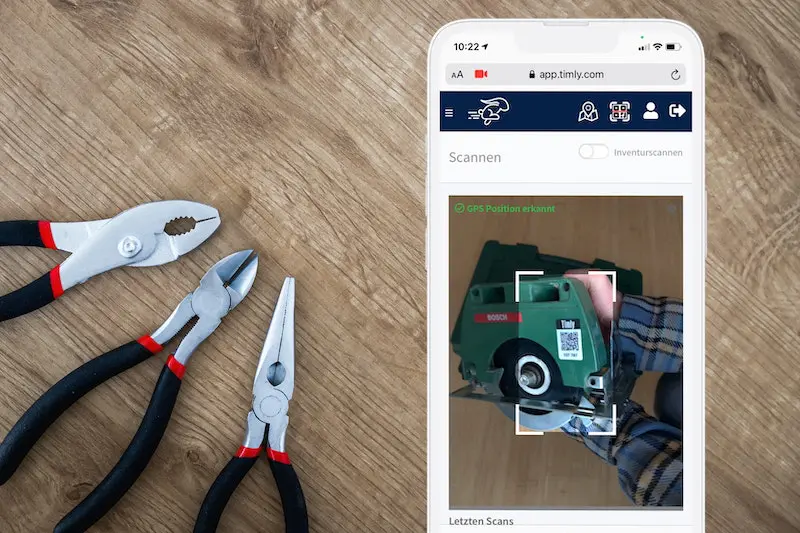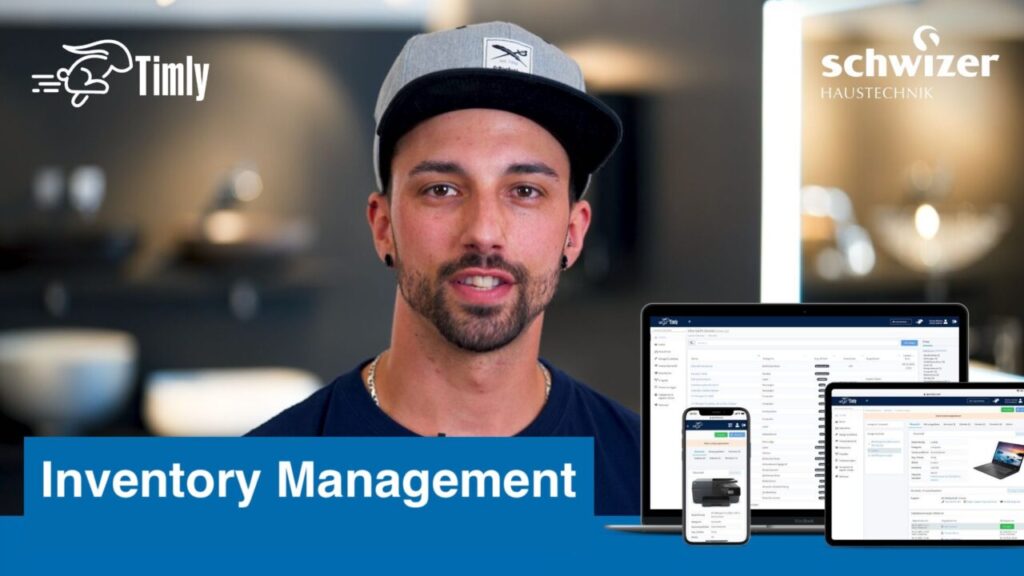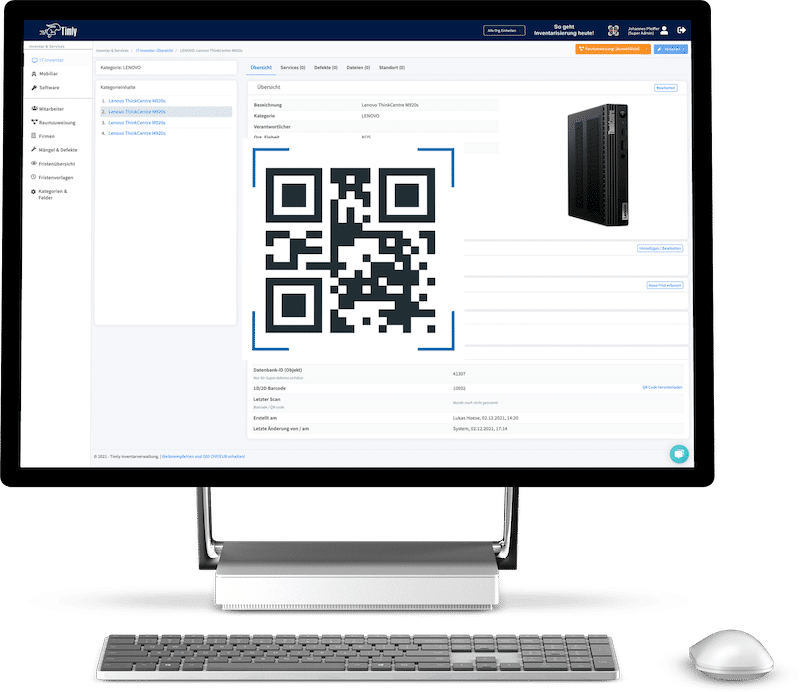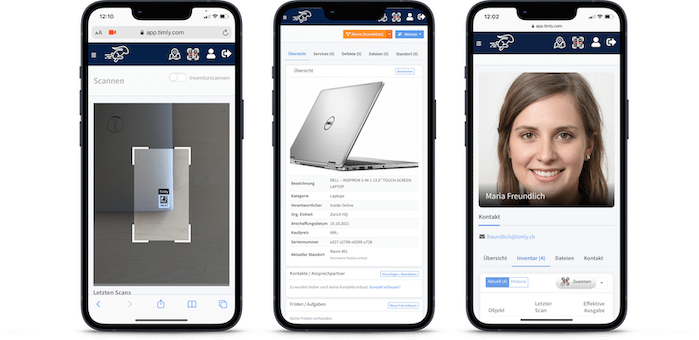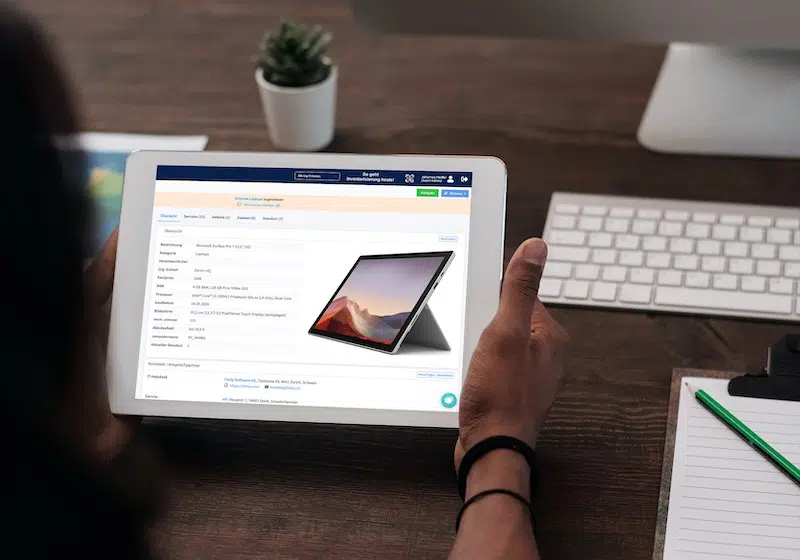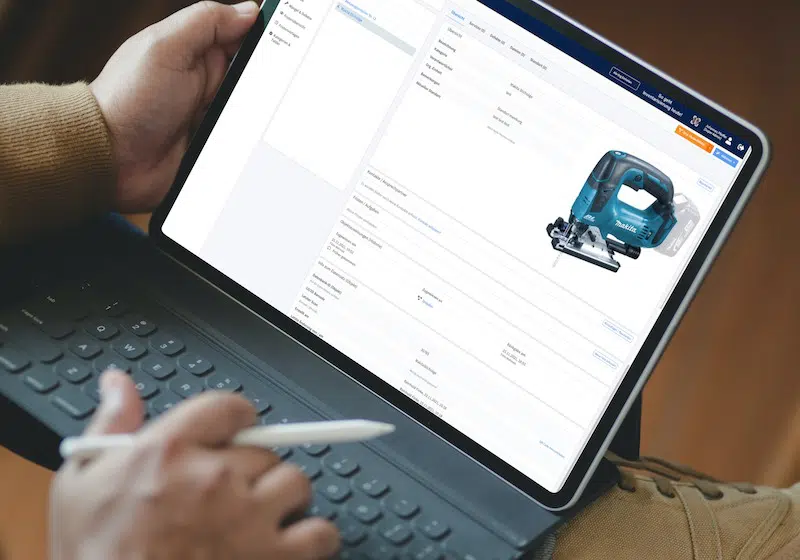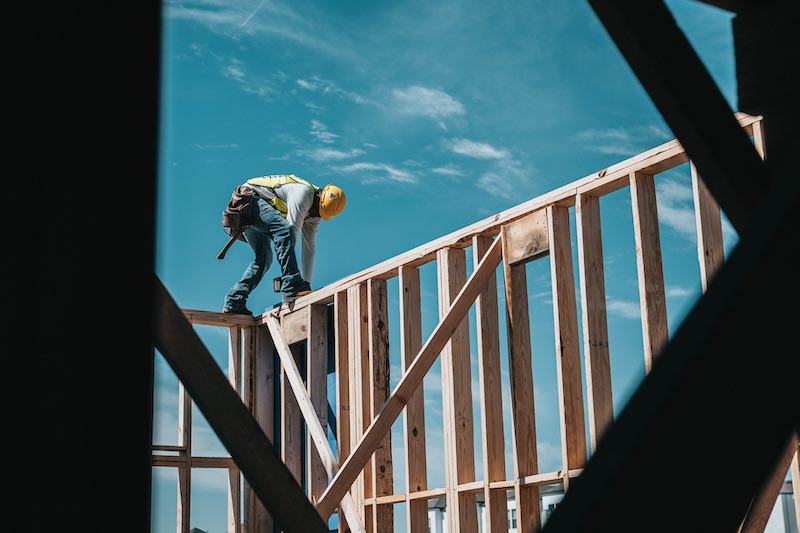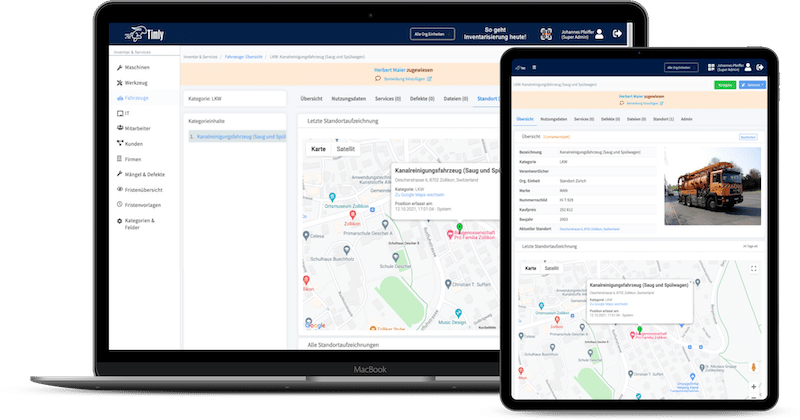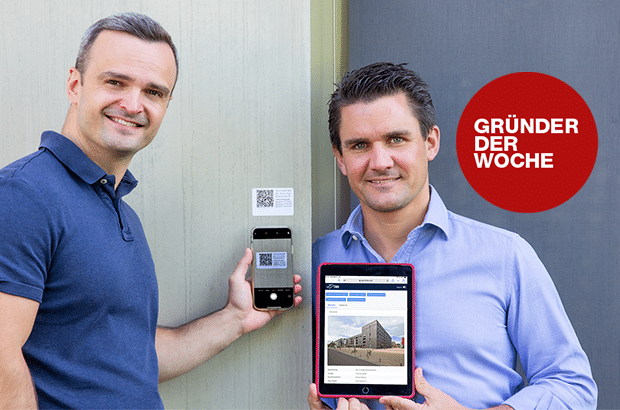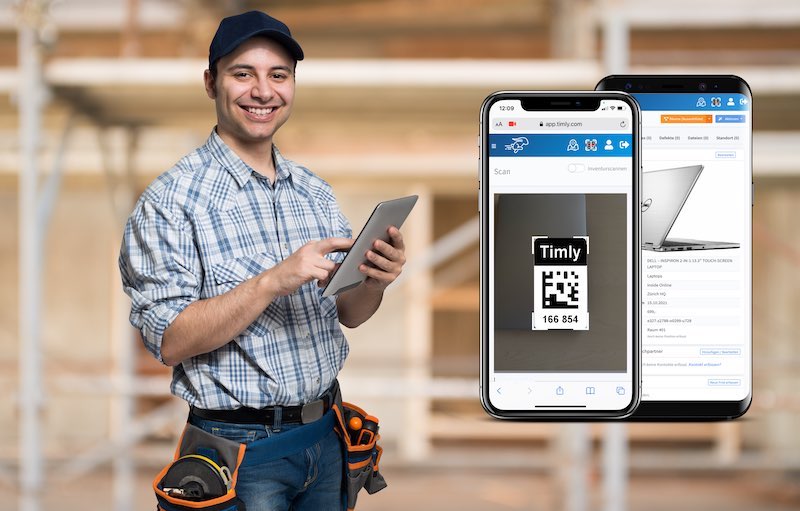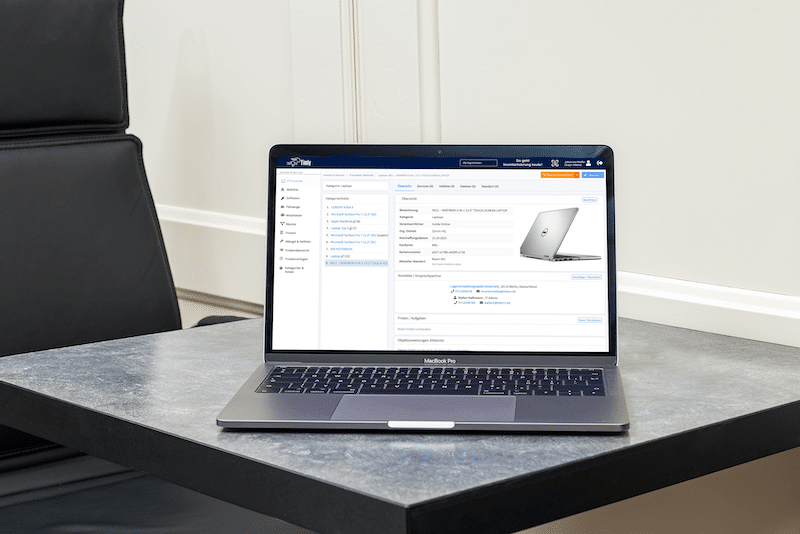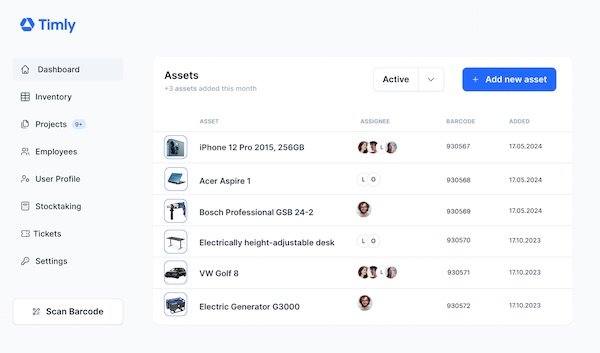
- Construction risk management identifies, assesses, and mitigates risks for project success.
- Choosing proactive strategies minimizes disruptions, financial losses, and safety hazards in construction projects.
- A skilled risk manager improves resilience, compliance, and project outcomes.
- Digital tools like Timly help track risks, streamline reporting, and reduce human errors.
- Effective risk management minimizes financial losses, delays, and safety hazards.
- Construction Risk Management
- How Do You Identify Construction Risks?
- How to Prepare a Response to Construction Risks?
- How to Manage Contracts and Legal Risks in Construction?
- How Can Construction Software Help Mitigate Risks?
- How to Review and Improve Risk Management Strategies?
- What Are the Different Types of Construction Risks?
- How to Create a Risk Management Plan for Construction?
- Best Strategies to Reduce Construction Risks
- Benefits of Effective Risk Management in Construction
- Role of a Risk Manager in Construction
- Frequently Asked Questions About Construction Risk Management
Construction Risk Management
Construction risk management is the systematic process in construction that involves identifying, assessing, and mitigating risks for project success.
Through this process, organizations implement proactive strategies to minimize disruptions, financial losses, and safety hazards.
In addition, risk management addresses uncertainties such as material delays, budget overruns, and regulatory non-compliance.
Furthermore, effective risk management helps organizations establish cost control, safety, and legal compliance. As a result, early risk anticipations help teams prevent delays and maintain budgets.
These risks include safety hazards, accidents, or equipment failures, which are given high priority to protect workers and avoid legal liabilities. Moreover, compliance safeguards against penalties and reputational damage.
So, let’s discuss the fundamentals of construction risk management, including strategies for identifying risks, assessing impact, and responding effectively. We will cover topics such as risk management planning, loss recovery, and how to utilize technology to improve risk control.
How Do You Identify Construction Risks?
Risk identification in construction uncovers potential threats but requires a systematic approach including historical data analysis, expert opinions, and site evaluations. Besides, this helps assess environmental and logistical challenges.
These steps are the prerequisites to a comprehensive construction risk management plan that enables proactive mitigation strategies. However, the risk factors faced by construction projects vary depending on their scope and location.
Some key differences include:
- Project type: For instance, high-rise buildings may face structural risks, while infrastructure projects could encounter environmental or regulatory hurdles.
- Location: Urban sites may pose complex logistics challenges, whereas remote areas may experience supply chain delays or extreme weather conditions.
However, there are a few risks that are common across all types of construction projects, including:
- Material shortages or price volatility
- Labor disputes or skill gaps
- Design flaws or non-compliance with regulations
- Weather disruptions or site-specific hazards (e.g., unstable soil)
By integrating these insights into the overall risk management approach and construction risk management plan, teams refine their strategies to mitigate risks and align stakeholders.
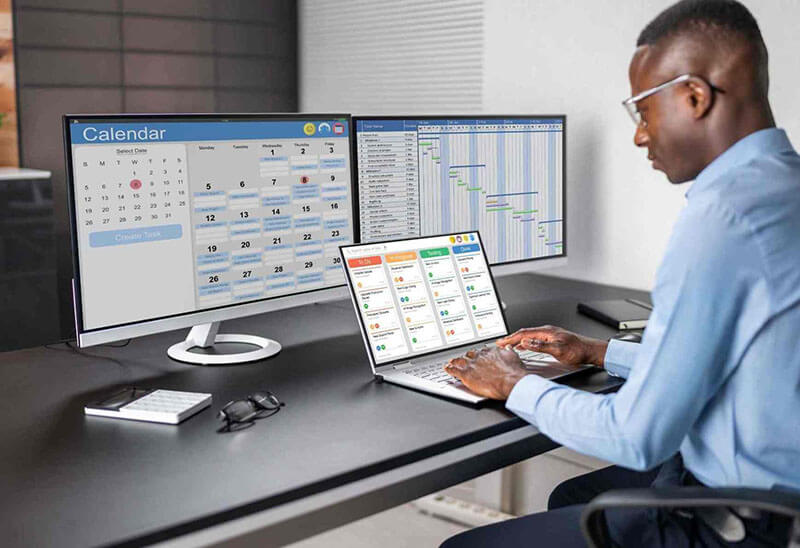
How to Assess the Impact of Risks in a Construction Project?
Assessing the impact of risks in a construction project requires a structured approach that takes into account both their likelihood and severity.
The first step is to conduct a probability-impact analysis and create risk matrices, which help categorize risks based on these factors.
Then, teams quantify the potential impact by assigning monetary values to various outcomes such as delays, material costs, or safety incidents. This information is then used to align with the overall construction risk management plan, ensuring effective decision-making aligned with priorities.
So, by focusing on high-stakes risks, such as structural flaws or regulatory breaches, while deprioritizing low-impact issues, teams effectively manage risks and enable proactive construction risk control. This ultimately leads to a balanced approach that considers cost, safety, and compliance in construction projects.
How to Prepare a Response to Construction Risks?
To effectively manage risks, there are four core approaches that can be customized based on the severity and goals of the project:
- Avoidance: This involves adjusting project scope or timelines to eliminate potential risks.
- Mitigation: Taking preventive measures such as using weather-resistant materials helps reduce the likelihood or impact of risks.
- Transfer: Shifting financial liability through insurance or contractual agreements helps mitigate risk exposure.
- Acceptance: In some cases, it may be more cost-effective to simply accept low-priority risks that have minimal impact on the project’s budget and operations.
In addition, having a solid contingency plan in place is crucial for responding to construction risks. This plan includes defining risk activation triggers, allocating budget reserves, and assigning responsibility to team members.
For example, a well-developed construction risk management plan might include contingencies for potential material shortages or emergency protocols in case of site accidents.
Remember, effective stakeholder communication should be a high priority when responding to construction risks. By providing transparent updates and regular briefings on risk management to all parties, teams can foster trust and alignment with contractors, clients, and regulators.
This enables collaborative problem-solving and helps confirm that responses are in line with overall objectives for construction risk control. So, prioritizing a well-defined risk management approach for construction projects is crucial to ensuring resilience even in dynamic environments.
Ways to Recover Losses After a Construction Risk Incident
To recover loss from a construction risk incident, it is important to have a strategic plan in place for financial and operational recovery.
This may involve utilizing insurance claims or pursuing legal remedies through contractual agreements. Additionally, companies can bounce back from major setbacks by revisiting their construction risk management plan and reallocating resources accordingly.
It is also important to maintain open and transparent communication with stakeholders to restore trust and keep the project on track. You should also conduct a post-incident analysis to identify root causes and incorporate lessons learned into future risk management plans.
By learning from past incidents, companies can enhance their proactive approach to construction risk control and develop resilience in the industry.
How to Manage Contracts and Legal Risks in Construction?
Businesses must have a robust construction risk management plan in place to effectively manage contracts and legal risks in construction. This involves conducting a thorough analysis of all bids and contracts to identify any potential loopholes or compliance gaps.
It is also crucial to regularly review and update payment terms, indemnity clauses, and regulatory obligations to stay aligned with risk management in construction projects.
When handling change orders, it is also important to initiate discussions with stakeholders to clarify any changes in project scope and assess their impact on cost and timeline.
Further, documenting these adjustments through written approvals is vital to avoiding disputes and ensuring compliance with the construction risk management plan.
To minimize liability, companies must enforce compliance through regular audits and safety training for subcontractors and suppliers. You can also use digital tool tracking software to monitor deliverables and mitigate risks such as material shortages or regulatory breaches.
This ultimately minimizes risks for construction risk management companies and ensures successful project completion.
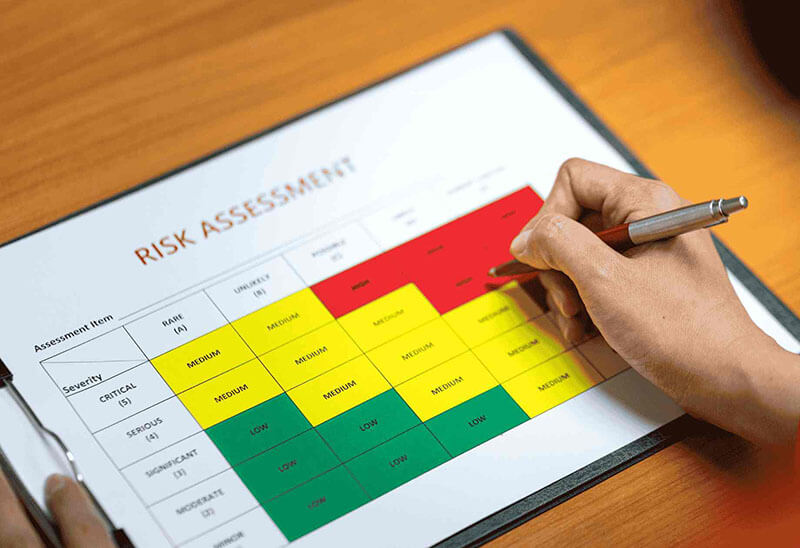
How Can Construction Software Help Mitigate Risks?
Construction software is a valuable tool for managing risks in construction projects. It offers various features such as risk assessment templates, real-time monitoring, and predictive analytics to streamline the risk management process.
Digital risk monitoring also helps in improving decision-making by providing centralized dashboards and detailed reports. It allows teams to track risks across multiple sites, analyze trends, and take actions accordingly to minimize disruptions.
It offers a better insight into historical data, which streamlines risk management in construction projects and enables teams to identify and address hazards efficiently.
Having said that, companies that utilize construction software can:
- Simplifies risk tracking and reporting.
- Reduces human errors in documentation.
- Accelerates response times for emerging risks.
Timly offers innovative software solutions for construction businesses that aim to optimize workflows and minimize disruptions. It offers a 360° overview of your entire asset lifecycle.
By integrating Timly into your construction risk management plan, companies can achieve seamless construction risk control and make better project success in the construction industry.
How to Review and Improve Risk Management Strategies?
Once a construction risk management plan is in place, it’s important to regularly review and improve it. This iterative risk management in construction projects leads to improved resilience and optimized safety, cost, and compliance. This all ultimately contributes to project success in the industry.
Continuous risk evaluation is crucial in this process. Through data-driven improvement, historical risk incidents and performance metrics can be analyzed to refine mitigation protocols.
By tracking recurring delays or other issues, companies can identify systemic problems and make necessary changes, such as revising vendor contracts or adjusting contingency budgets.
Timly is a leading provider of construction software that helps companies optimize workflows and minimize disruptions.
A great example of this is ARGE, a construction management joint venture responsible for the site at Bern train station. They used Timly’s asset management software to coordinate roughly 2,500 devices & machines from multiple rental partners.
Timely helped them gain a clear oversight over their assets, avoid delays, and manage costs effectively for the 1.22 billion CHF project. Read their complete success story here.
What Are the Different Types of Construction Risks?
Construction projects are susceptible to various risks that can cause delays, budget overruns, and safety concerns. So, it’s crucial to understand these risks for effective risk management in the construction industry. Below are some of the most common types of construction risks and how to mitigate them.
- Safety Risks, such as accidents and injuries on-site, are a constant concern. These can be caused by equipment failures or unsafe practices.
- Financial Risks, like budget overruns and cost fluctuations, can cause significant strain on resources. These unforeseen expenses or material price changes can disrupt project budgets.
- Environmental Risks, including natural disasters and regulatory compliance challenges, can significantly impact project timelines.
- Legal Risks, such as contract disputes, permit issues, or non-compliance with regulations, can lead to costly delays.
- Project Management Risks are also a major concern. It includes resource misallocation and missed deadlines, often caused by poor scheduling or supply chain delays.
Overall, being aware of these risks and implementing proper risk management strategies is crucial for the successful completion of construction projects.
The Timly Software in Use

Optimized Device Management With Innovative Self-Inventory
SodaStream is the world market leader for water sparkling systems for domestic use and has a lot of IT equipment at its various locations. Many colleagues now work from their home offices. A digital solution for the efficient management of IT end devices became necessary...

Panasonic x Timly: Driving Technological Innovation
One of the most remarkable aspects of human ingenuity is our ability to innovate. Innovation is embedded in the DNA of consumer electronics giant Panasonic, which has diversified into a number of sectors, from heavy industry to construction...

Manage Video Equipment Efficiently Without Much Effort
The Hamburg media company always does outstanding journalistic work and is characterized by independent reporting. In order to maintain journalistic quality, the teams work with highly specialized devices – these need to be managed efficiently...

Smart City Asset Management – Timly in Use at DIGOOH
The core business of DIGOOH Media GmbH in Cologne is to manage digital city light posters (DCLP) for outdoor use in various cities in Germany. The challenge here lies in making the client’s communication message always available at the right time, in the right place...
(No credit card required)
How to Create a Risk Management Plan for Construction?
Businesses can create an effective construction risk management plan by following these steps:
- Define the objectives and scope to align with project goals.
- Identify key roles and responsibilities for all stakeholders involved.
- Establish clear protocols for monitoring and reporting risks.
To begin, it is essential to have a solid understanding of risk management in construction projects by setting clear objectives that are aligned with overall project goals, such as cost control and safety compliance. This provides a framework for effective risk management throughout the project duration.
Moreover, it is crucial to assign accountability by designating a risk manager to oversee risk management in construction management. This makes sure that all stakeholders understand their roles and responsibilities in mitigating risks, while subcontractors and supervisors handle site-specific risks such as equipment safety.
Businesses should also have transparent communication across teams to reduce ambiguity, especially when managing risks in construction work.
It is also essential to establish protocols for real-time tracking of risks, like weather disruptions or budget deviations, and schedule regular audits. By utilizing dashboards to visualize trends, businesses can make swift adjustments and strengthen the effectiveness of the risk management plan for construction.
Best Strategies to Reduce Construction Risks
To effectively reduce risks in construction projects, companies must also adopt a proactive and strategic approach. This involves utilizing construction risk management strategies such as risk transfer, proactive risk avoidance, and risk-sharing.
Risk transfer through insurance and contractual agreements provides financial protection against potential accidents or delays. By assigning liability to subcontractors or suppliers, risk management construction companies can minimize their exposure.
Moreover, proper planning is crucial in managing risks in construction work, as it helps reduce the likelihood of risks occurring. This is because conducting thorough site evaluations and developing contingency plans allows companies to address potential issues before they become major problems.
Collaboration among stakeholders also plays a significant role in minimizing construction risks. By sharing liabilities and promoting teamwork through joint ventures and shared accountability, companies can foster alignment and reduce disputes.
By implementing these strategies, companies can effectively mitigate risks and ensure the smooth progress of construction projects.
Benefits of Effective Risk Management in Construction
Effective risk management in construction projects brings numerous benefits, such as improved project success rates, reduced financial losses and delays, and enhanced safety and legal compliance. It fosters smoother operations and boosts stakeholder confidence by proactively addressing uncertainties.
With a strong focus on risk management in construction, companies can minimize financial losses from budget overruns or disruptions, which ensures better resource allocation and cost control.
Furthermore, an effective construction risk management plan not only safeguards the project’s finances but also protects workers by minimizing accidents and ensuring compliance with regulations. This ultimately reduces liabilities for both the company and the entire construction industry.
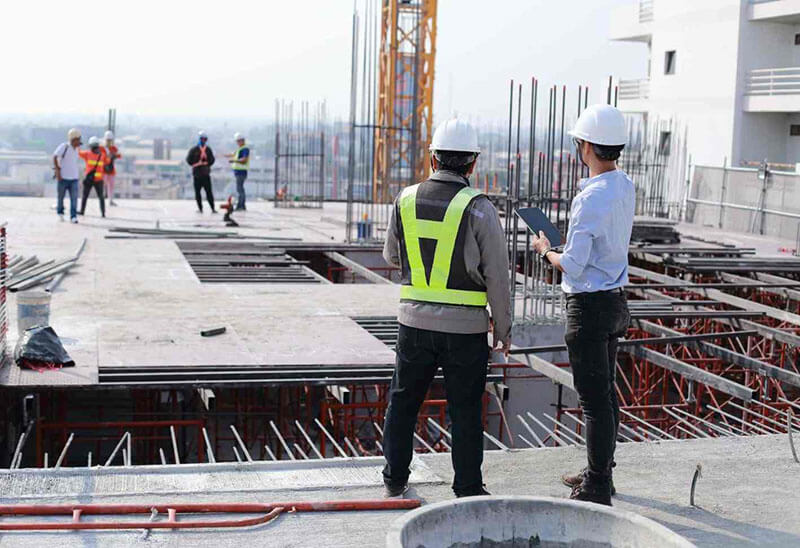
Role of a Risk Manager in Construction
A risk manager plays a crucial role in identifying, assessing, and mitigating risks to achieve smooth and successful construction projects. They conduct thorough risk assessments, monitor compliance with safety and regulatory standards, and implement strategies outlined in the risk management plan for construction.
By collaborating with stakeholders and aligning mitigation efforts with project goals, they facilitate proactive risk management in construction projects.
However, being a construction risk manager requires more than just technical skills. Therefore, it also demands strong communication and problem-solving abilities to coordinate with contractors and address complex challenges such as supply chain disruptions or design flaws.
A dedicated risk manager adds value to construction projects. Therefore, they reduce financial losses, delays, and safety incidents by embedding risk control into daily operations. This fosters resilience and accountability, ensuring projects adhere to timelines and budgets.
Further, it also strengthens risk management for construction companies and enhances their credibility and long-term success in the construction industry.
Thus, a skilled and dedicated risk manager is an essential asset for any successful construction project.
Frequently Asked Questions About Construction Risk Management
What Is Construction Risk Management?
Construction risk management is the process of identifying, assessing, and mitigating risks that could impact the successful completion of a construction project.
A robust construction risk management plan helps construction companies stay on budget, meet deadlines, and comply with regulations by proactively planning and utilizing strategies to minimize financial losses, delays, and safety hazards.
What Is Project Risk Management in Construction?
Project risk management in construction is the process of managing risks that are specific to individual projects, such as material shortages, design flaws, equipment maintenance, or site-specific hazards.
It involves identifying potential risks during the planning phase and implementing strategies to mitigate them. By continuously monitoring the progress and making informed decisions with efficient resource allocation, project risk management delivers successful outcomes for construction projects.
Recommended for you:
Book an online demo - free and without obligation - or create your free trial account directly.




